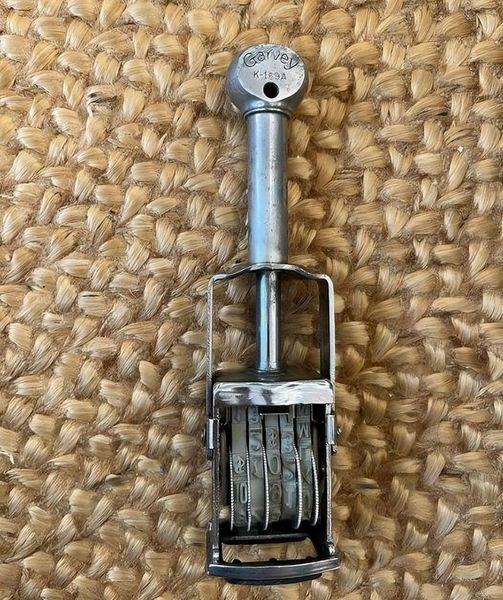The history of antique price stamp ink began in the early 20th century as companies sought to streamline the pricing process. These simple, manually operated devices required ink pads and manual adjustments to change prices, reflecting the technological limitations of the time.
In the mid-twentieth century, the design and functionality of stamps with price marking ink underwent a remarkable transformation. Advances in materials and engineering have introduced more durable and reliable models that use metal components and intricate mechanical mechanisms, allowing for faster and more accurate pricing. The development of self-applying models has further simplified the process, eliminating the need for separate ink pads.
The primary function of the price stamp was to efficiently mark prices on products. Retailers used it to quickly and uniformly apply price tags to a range of items, which helped them manage their inventory and prices with greater accuracy and reduced the likelihood of errors that could result from manual pricing methods.

